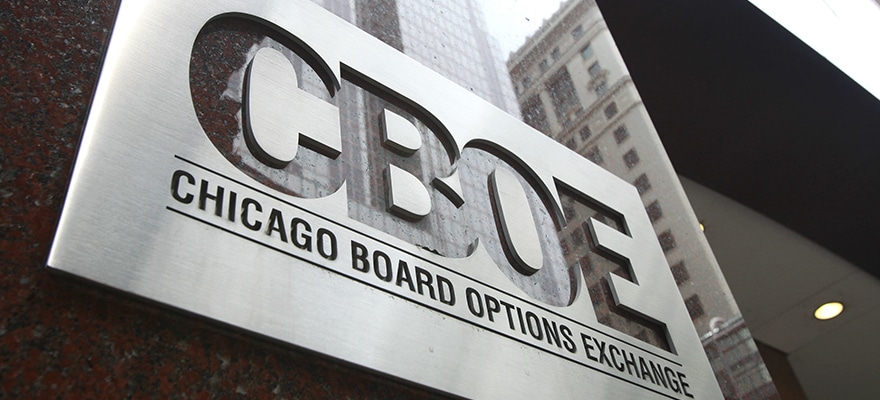Today, there exists an expansive network of intelligent technology matching millions of orders-a-second from a multitude of investors. Consider, it was only 40 years ago that options trading was limited to the floors of exchanges and contracts were agreed to by paper - a practice more similar with ancient Greek times than present-day electronic trading.
Where it all started...
They couldn't list Put options because that means whoever buys them wants the market to go down and this was regarded as 'Un-American'
1973 was the year that options were first introduced to the modern world of finance. Chicago had a long history of Futures trading used by an assortment of people from farmers needing to hedge their crops to jewellers wanting to insure gold. Therefore, it was a natural move for Chicago to add options as a hedging product. The Chicago Board of Options Exchange (CBOE) was the very first marketplace for trading listed options.
Experience of a veteran trader
We interviewed Professor Menachem Brenner, co-inventor of the Volatility Index (VIX), to learn more about options trading in the early-days.
Professor Brenner was a floor-trader at the New York Futures Exchange (NYFE) which traded options and futures on the New York Stock Exchange (NYSE) index. When he started, trading took place in a 'pit' where sellers and buyers met at a specific venue. There was no electronic trading.
"In 1973, the CBOE started trading with only Call options," he told us. "You buy a Call when you expect the market to go up and you buy a Put when you expect the market to fall." He continues, "They couldn't list Put options because that means whoever buys them wants the market to go down and this was regarded as 'Un-American', it's something you shouldn't wish for". Nonetheless, four years later in 1977, the CBOE introduced Put options.
He told us, "I was the only trader not screaming because I was an options trader which involved calculating many different prices depending on expiries and strikes, it wasn't just one product like the futures contract".
He continues, "There were no hand-held calculators, I had to print sheets of paper beforehand with different strikes and maturities, and all the possible market prices for that day. If a broker wanted to buy a certain option I had to look-up the price from my sheets then quote a bid/offer".
He learnt a lot on the floor including psychological games, he recalls one story, "You have 150 traders and one trader is screaming that he wants to sell, but actually he wants to buy. He's playing a game, he wanted to give the impression that he has a big order to bring the price down. As soon as it's down he buys!". He added, "Electronically all these games are gone".
Changing Times
The introduction of electronic trading in the 1980s marked the start of a dramatic transformation. Europe adopted options e-trading and, after fighting pit-traders in regards to their jobs, the U.S. caught-up. In 1985, the CBOE’s launch of the Retail Automatic Execution System (RAES), to facilitate execution of small customer orders, signalling there was demand from across the board.
Electronic trading of options has become a gigantic marketplace; last year exchange traded options worldwide hit a record high at $486 Trillion. The times of traders having to call their brokers, wait for an order confirmation and have no way to track it, are long gone. Today, any trader, small or large, can access an online platform with real-time option quotes and the ability to build simple-to-complex strategies in a few clicks. No shouting, no complex calculations, nor scrolls of paper are required. Trading options has become easy.
In Part 2 of The Options Game, Zoe Fiddes explains how options can be used in directional trading.






















